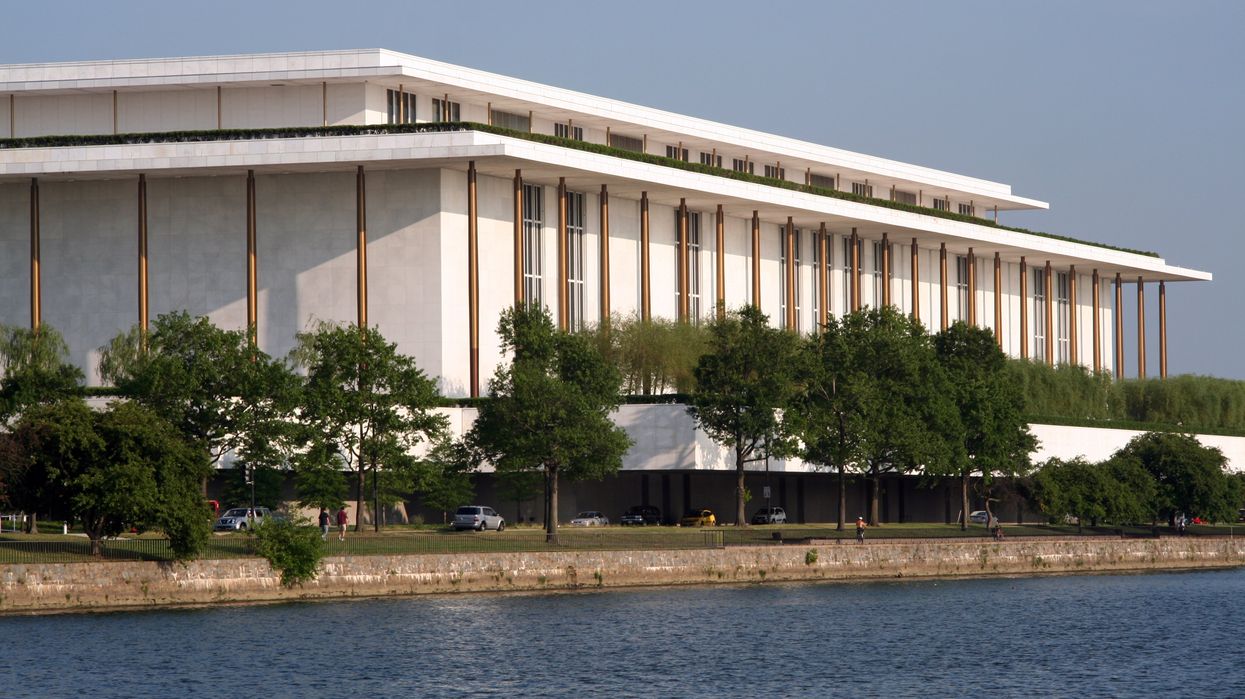Bobb is president and CEO of the Bill of Rights Institute, a nonpartisan, nonprofit organization that advances civic and history education.
Alarm bells are sounding in communities across America. With pandemic relief aid expiring in September, many school districts warn they will eliminate teaching jobs and other education support positions.
School staff and, by extension, our children often bear the brunt of budget cuts. But there is a more sensible cost-reduction strategy that could save billions of dollars and maybe plenty of jobs.
It is time for states and districts to take a hatchet, not a scalpel, to their textbook budgets. The textbook market has become overpriced and inefficient, and too many expensive textbooks are collecting dust in classrooms nationwide.
Abandoning our dependence on traditional textbooks may seem anathema to some, but this transition is already happening in higher education.
International research firm WordsRated found spending on higher education textbooks has declined for most of the past decade. More colleges are transitioning toward open educational resources (OER), open-license materials offered for free or at a low cost.
The California Community College system launched a major OER initiative with the goal of creating "zero textbook cost"programs after many students spent more on textbooks than on college courses themselves.
K-12 schools can follow suit and move to a more OER-dependent model.
At the Bill of Rights Institute, we work with more than 76,000 civics and history teachers, many of them frustrated with traditional textbooks. There are three irreparable problems with the current K-12 textbook model.
1. Many teachers find state- and district-approved textbooks poorly suited for their classrooms.
In cases where district administrators, or even state administrators or politicians, make textbook decisions, teachers may be shut out of the process. The end result can be a waste of resources as teachers seek out and use other materials.
Research from Newsela, a resource provider for the social studies market, found that administrators believed social studies teachers were using their textbooks one out of every two days in the classroom. But teachers revealed they only use their textbooks one out of five days.
The waste here is apparent, but so is the opportunity. Teachers are resourceful and entrepreneurial, and they are successfully locating other resources — often OER — to meet student needs.
2. The textbook model promotes uneven access to educational opportunities.
The wealthiest school districts in America spend thousands more dollars per pupil, per year than the poorest. Put simply, there are schools that can afford to regularly update and replace expensive textbooks, and schools that cannot.
In many lower-income districts, students are not even allowed to bring textbooks home because schools worry they will not have funding to replace lost books. OER can help level this inherently unequal system.
3. High textbook costs place burdens on schools and taxpayers.
The average K-12 textbook can range from $40 to nearly $90. That’s for one book, for one class, for one student.
Multiplying that across every class and student in a district or state, the cost becomes astronomical. The size of the pre-K-12 textbook market exceeds $5 billion a year, and, as far as public schools are concerned, taxpayers are on the hook for all of it.
A common concern about OER is whether such resources can deliver the same quality of pricey textbooks. But teachers are qualified to assess which resources make the grade. In fact, they already do this when they seek out supplemental classroom materials.
There is plenty of quality and opportunity in the OER market, which is why heavyweights like the Bill & Melinda Gates Foundation and the William+Flora Hewlett Foundation have worked to advance OER.
A quick search on OER Commons, a hub for OER classroom materials, shows resources from entities such as the University of Minnesota, the University of North Carolina, the National Archives and Records Administration and the Library of Congress.
OER can provide schools with the right combination of academic rigor, flexibility and cost savings. These cost savings could help schools offset more drastic actions, like reducing essential staff.
































